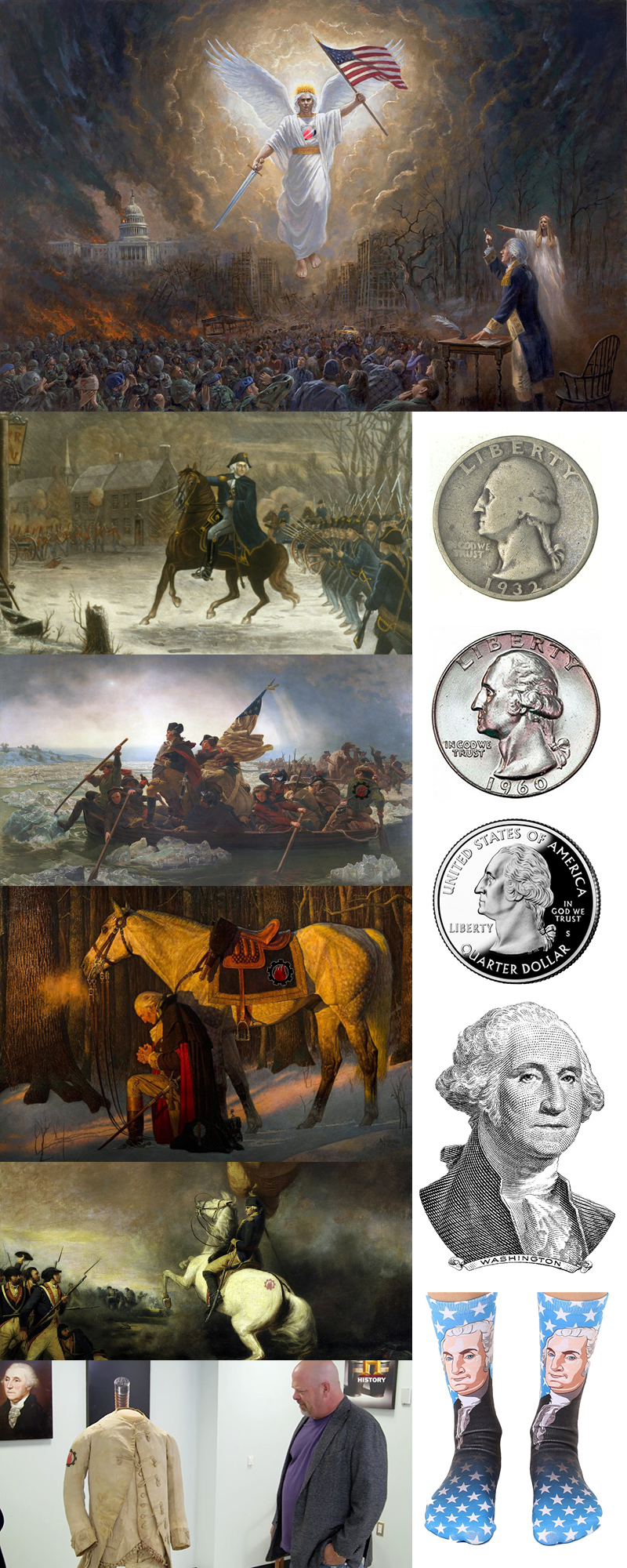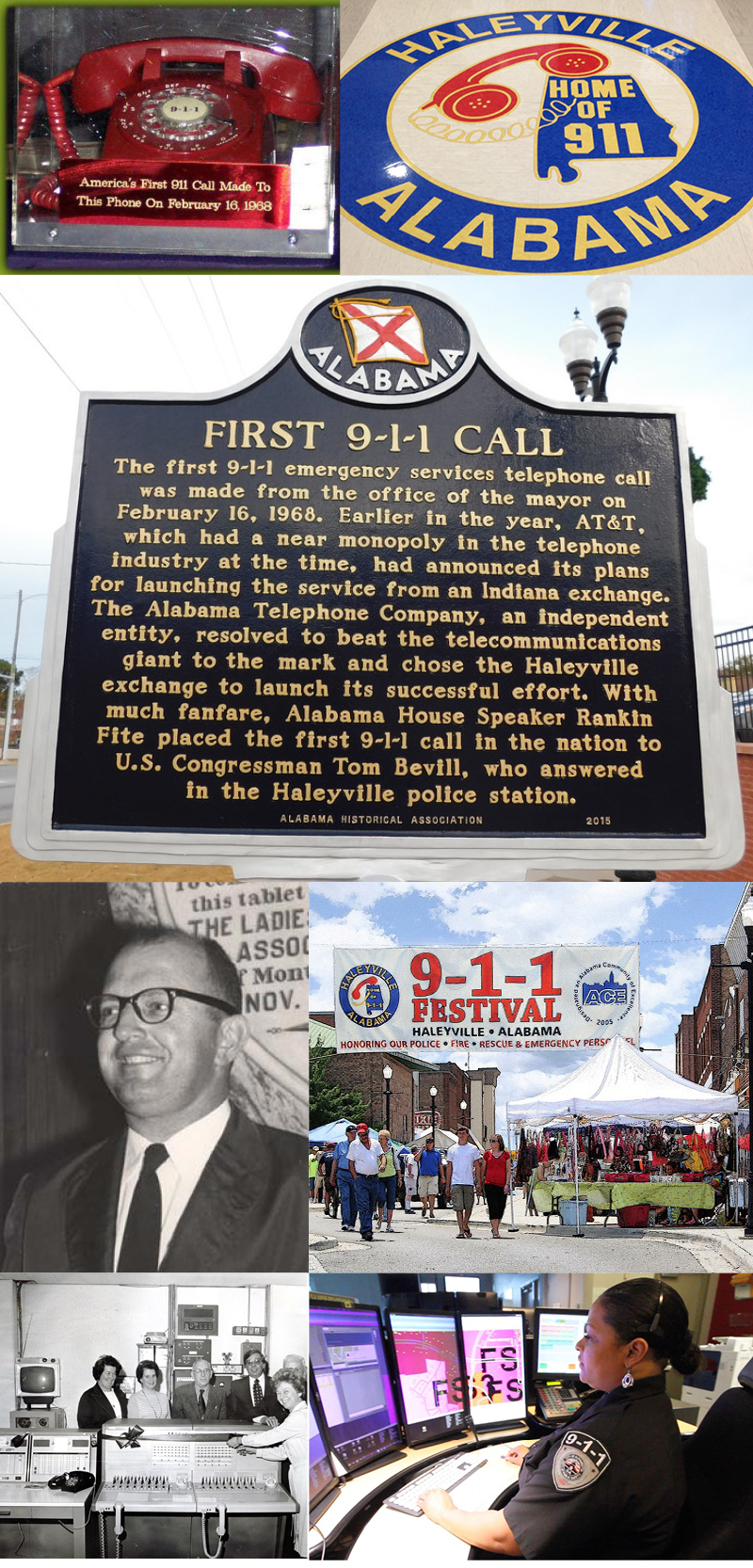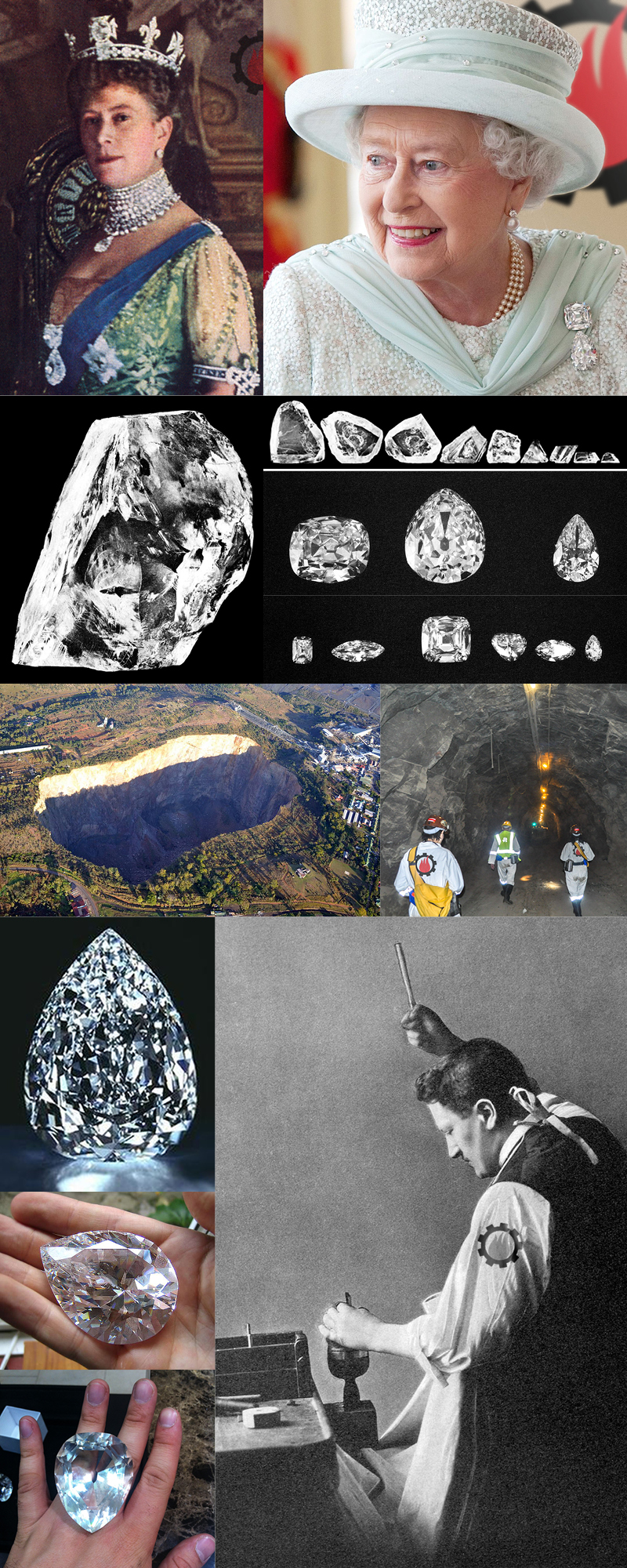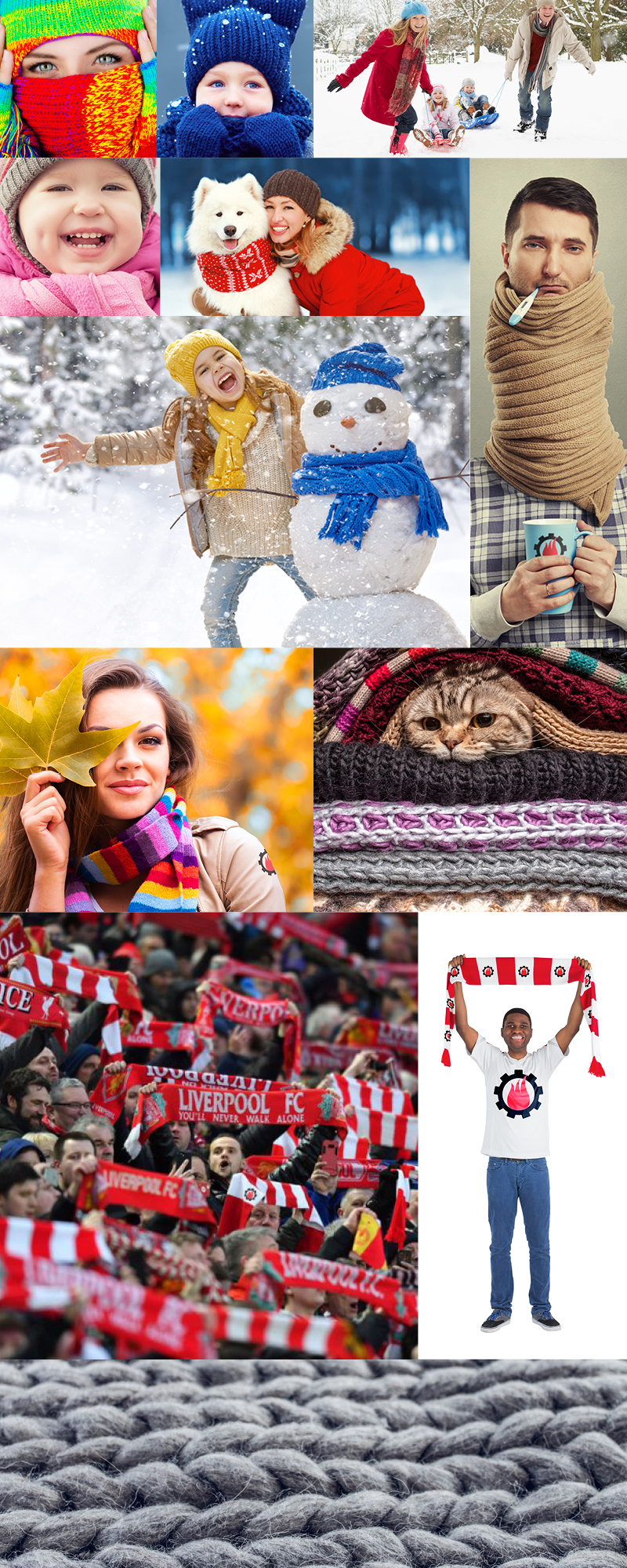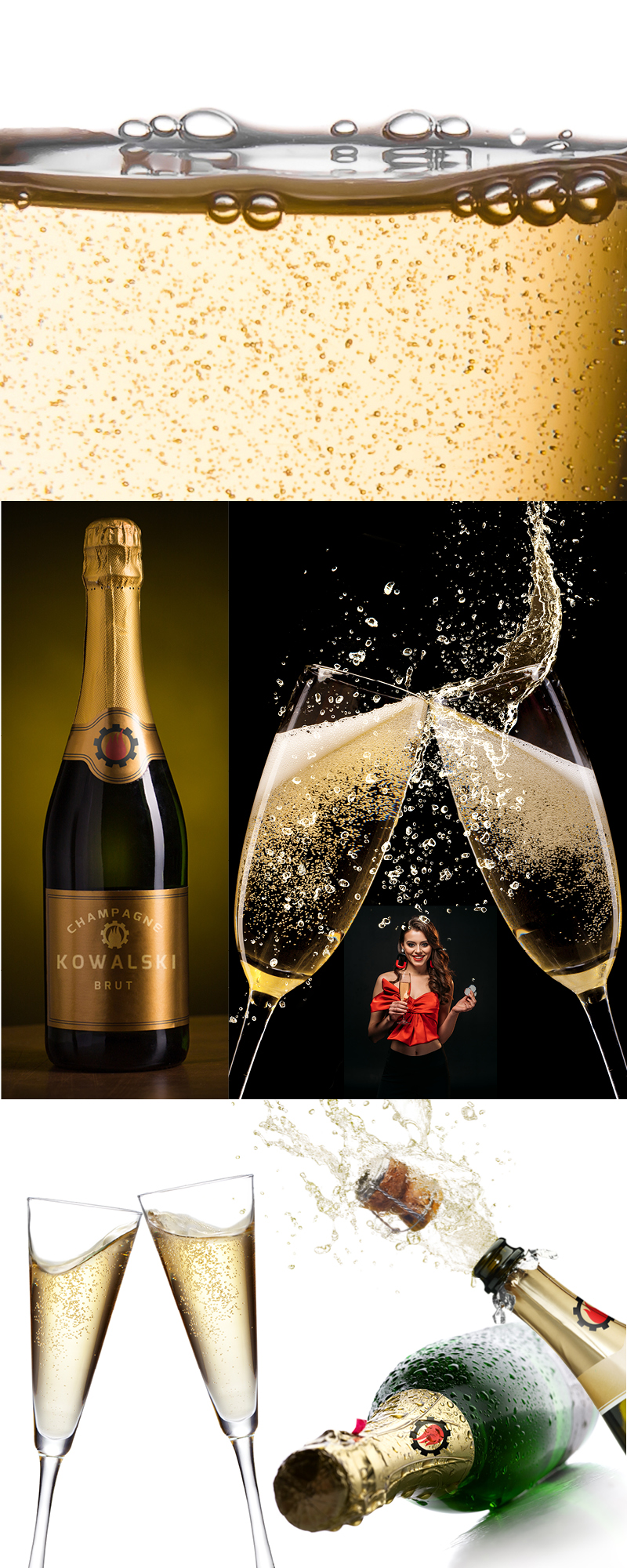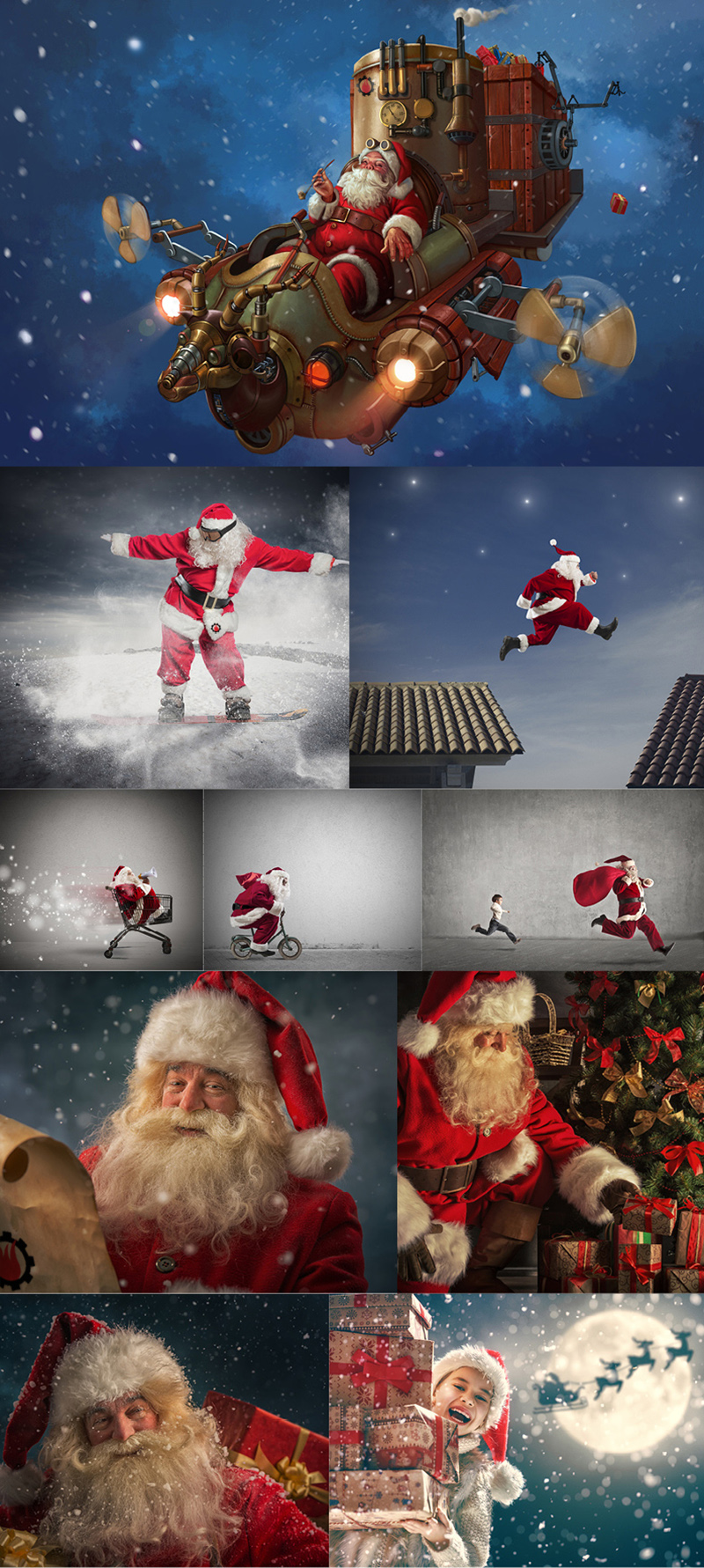The Fight

(top half – b&w photos) Cacius Clay changes his name to Muhammed Ali and goes down at the hands of Joe Frazier. (lower half from the color photo down) Ali gets his revenge. Twice! Magazine covers of Cacius Clay, Muhammed Ali vs Smokin’ Joe Frazier and Muhammed Ali’s come-back. Laila Ali is kissed by her father before one of her matches.
As a sports guy I have certain memories locked in my memory banks (this is a big deal just ask Jackie!) Great diving catches, final at bat home runs, crazy dunks, ridiculous golf shots, Olympic moments of greatness and more. As a kid, I used to join my Dad and older brother to catch Muhammed Ali fights. I can’t say I saw all of them, but the ones I did see, I can remember the way he moved, jabbed, slid punches, and trash talked his opponents. Ask any boxing fan, and you’ll hear stories about the Ali fights – the “Thrilla in Manilla”and the “Rumble in the Jungle”. Today is the nearly 50-year anniversary of the first Ali/Frazier fight, simple called – “The Fight”, when two unbeatens, Muhammed Ali and Joe Frazier met in Madison Square Garden. It was quite a show and set the stage for a number of rematches with the fighters trading the title of “champion”. That was truly the “Golden Age” of boxing. Enjoy, and thanks Wikipedia for this walk down memory lane and You Tube for the history.
Muhammad Ali vs. Joe Frazier, billed as Fight of the Century (also known as just “The Fight”), was the boxing match between undefeated WBC/WBA heavyweight champion Joe Frazier (26–0, 23 KOs) and undefeated The Ring/lineal heavyweight champion Muhammad Ali (31–0, 25 KOs), held on March 8, 1971. Held at Madison Square Garden in New York City, it was the first time that two undefeated boxers fought each other for the heavyweight title
In 1971, both Ali and Frazier had legitimate claims to the title of World Heavyweight Champion. An undefeated Ali had won the title from Sonny Liston in 1964, and successfully defended his belt up until he had it stripped by boxing authorities for refusing induction into the armed forces in 1967.
In Ali’s absence, the undefeated Frazier garnered two championship belts through knockouts of Buster Mathis and Jimmy Ellis and was recognized by boxing authorities as the World Champion. Unlike Mathis and Ellis, Frazier was plausibly Ali’s superior, which created a tremendous amount of hype and anticipation for a match pitting the two undefeated fighters against one another to decide who was the true heavyweight champ.
Ringside seats were an unheard-of price at $150 (equivalent to $1,000 today) and each man was guaranteed $2.5 million dollars – a hefty sum in those days. In addition to the millions who watched on closed-circuit broadcast screens around the world, the Garden was packed with a sellout crowd of 20,455 that provided a gate of $1.5 million.
Prior to his enforced layoff, Ali had displayed uncommon speed and dexterity for a man of his size. He had dominated most of his opponents to the point that he had often predicted the round in which he would knock them out (“don’t lock the doors – he’ll be done in 4”). However, in the fight preceding the Frazier fight, Ali struggled at times during his 15th-round TKO of Oscar Bonavena, an unorthodox Argentinian fighter, prepared by Hall of Fame trainer Gil Clancy.
Frazier was known for his outstanding left hook and a tenacious competitor who attacked the body of his opponent ferociously. Despite suffering from a serious bout of hypertension in the lead-up to the fight, he appeared to be in top form as the face-off between the two undefeated champions approached.
The fight held broader meaning for many Americans, as Ali had become a symbol of the anti-establishment war movement during his government-imposed exile from the ring, while Frazier had been adopted by the more conservative, pro-war movement. The match had been dubbed “The Fight” and gripped the nation. “Just listen to the roar of this crowd!” thundered Burt Lancaster, the color man. “The tension, and the excitement here, is monumental!”
The bout was noted for its general appeal with non-boxing and non-sport fans holding an impassioned rooting interest in one of the fighters. Mark Kram from Sports Illustrated at the time wrote:
The thrust of this fight on the public consciousness is incalculable. It has been a ceaseless whir that seems to have grown in decibel with each new soliloquy by Ali, with each dead calm promise by Frazier. It has magnetized the imagination of ring theorists and flushed out polemicists of every persuasion. It has cut deep into the thicket of our national attitudes, and it is a conversational imperative everywhere—from the gabble of big-city salons and factory lunch breaks rife with unreasoning labels, to ghetto saloons with their own false labels.
On the evening of the match, Madison Square Garden had a circus-like atmosphere, with scores of policemen to control the crowd, outrageously dressed fans, and countless celebrities, from Norman Mailer and Woody Allen to Frank Sinatra, who, after being unable to procure a ringside seat, took photographs for Life magazine instead. Artist LeRoy Neiman painted Ali and Frazier as they fought. Movie star Burt Lancaster served as a color commentator for the closed-circuit broadcast.
The fight was sold out, and broadcast by closed circuit, to 50 countries in 12 languages via ringside reporters to an audience estimated at 300 million, a record viewership for a television event at that time. Riots broke out at several venues as unresolvable technical issues interrupted the broadcast in several cities in the third round. The veteran referee for the fight was Arthur Mercante, Sr. saying after the fight, “They both threw some of the best punches I’ve ever seen.”
On both closed-circuit and free television, the fight was watched by a record 300 million viewers worldwide – a record 27.5 million viewers on BBC1 in the United Kingdom, about half of the British population. It was also watched by an estimated 54 million viewers in Italy, and 2 million viewers in South Korea – all WAY before cable, the internet and cell phones.
The fight itself exceeded even its promotional hype and went the full 15-round championship distance. Ali dominated the first three rounds, peppering the shorter Frazier with rapier-like jabs that raised welts on the champion’s face. In the closing seconds of round three, Frazier connected with a tremendous hook to Ali’s jaw, snapping his head back. Frazier began to dominate in the fourth round, catching Ali with several of his famed left hooks and pinning him against the ropes to deliver tremendous body blows.
Ali was visibly tired after the sixth round, and though he put together some flurries of punches after that round, he was unable to keep the pace he had set in the first third of the fight. At 1 minute and 59 seconds into round eight, following his clean left hook to Ali’s right jaw, Frazier grabbed Ali’s wrists and swung Ali into the center of the ring; however, Ali immediately grabbed Frazier again until they were once again separated by Mercante.
Frazier caught Ali with a left hook at nine seconds into round 11. A fraction of a second later, Ali fell with both gloves and his right knee on the canvas. Mercante stepped between Ali and Frazier, separating them as Ali rose from the canvas. As round 11 wound down with Frazier staggering Ali with a left hook, Ali stumbled and grabbed at Frazier to keep his balance before bouncing forward again until the fighters were separated by Mercante at 2:55 into the round. Ali spent the remaining 5 seconds of round 11 making his way back to his corner.
At the end of round 14 Frazier held a lead on all three scorecards (by scores of 8–6–0, 10–4–0, and 8–6–0). Early in round 15, Frazier landed a left hook that put Ali on his back. Ali, his jaw swollen grotesquely, got up from the blow quickly, and managed to stay on his feet for the rest of the round despite several terrific blows from Frazier.
A few minutes later the judges made it official: Frazier had retained the title with a unanimous decision, dealing Ali his first professional loss.
Frazier would surrender his title 22 months later, when on January 22, 1973, he was knocked out by George Foreman in the second round of their brief but devastating title bout in Kingston, Jamaica.
Ali biographer Wilfrid Sheed wrote of the fight:
Both men left the ring changed men that night. For Frazier, his greatness was gone, that unquantifiable combination of youth, ability and desire. For Ali, the public hatred he had so carefully nursed to his advantage came to a head and burst that night and has never been the same. To his supporters he became a cultural hero. His detractors finally gave him grudging respect. At least they had seen him beaten and seen that smug look wiped off his face.
Unknown Fact: The fight provided cover for an activist group, the Citizens’ Commission to Investigate the FBI, to successfully pull off a burglary at an FBI office in Pennsylvania, which exposed the COINTELPRO operations that included illegal spying on activists involved with the civil rights and anti-war movements. One of the COINTELPRO targets was Muhammad Ali, which included the FBI gaining access to his records as far back as elementary school.
Click here to learn how Smokin’ Joe got his nickname.
AND SOME COOL VIDEOS…
- Watch this five minute video of Newsday’s remembrance of Muhammed Ali.
- Muhammad Ali vs Joe Frazier I: Round 15 (Knockdown.)
- Muhammad Ali vs Joe Frazier II
- Muhammad Ali vs Joe Frazier III – Oct. 1, 1975 – Entire fight – Rounds 1 – 14 + Interview
- The Fight of the Century Explained


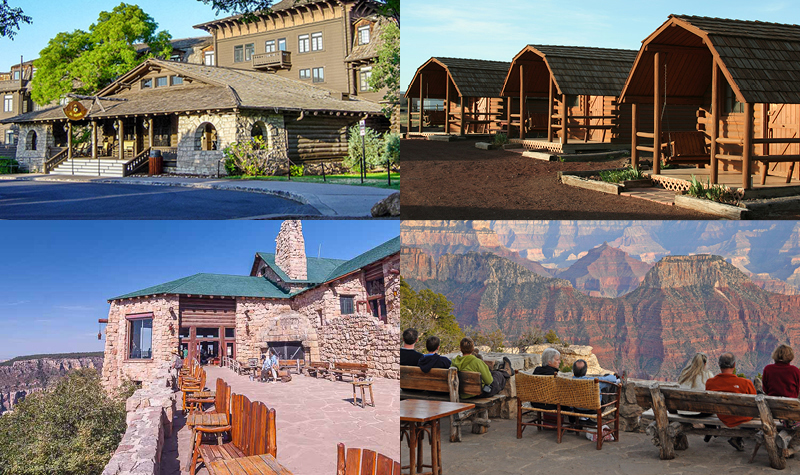 Need a place to stay at the Grand Canyon? Start
Need a place to stay at the Grand Canyon? Start 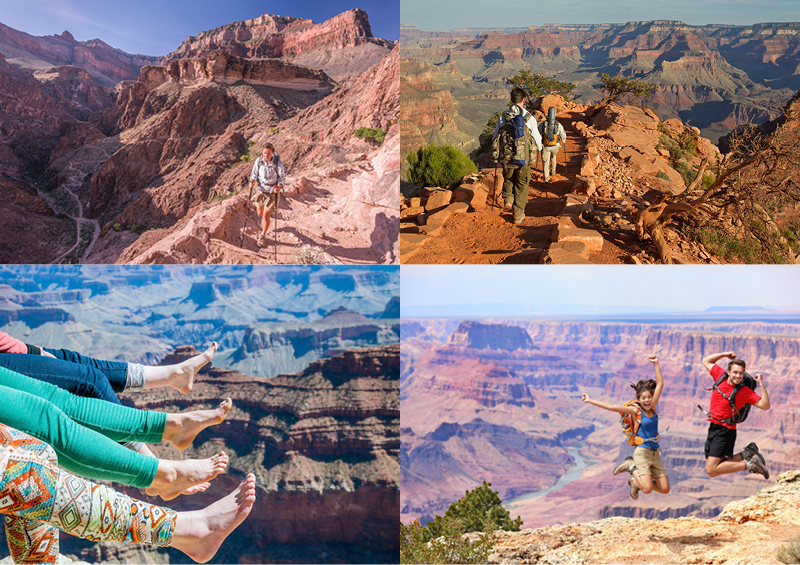 Thinking of hiking the Grand Canyon? Start
Thinking of hiking the Grand Canyon? Start 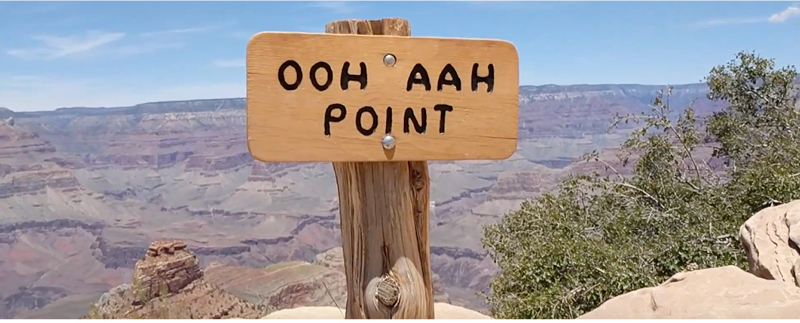 And
And 